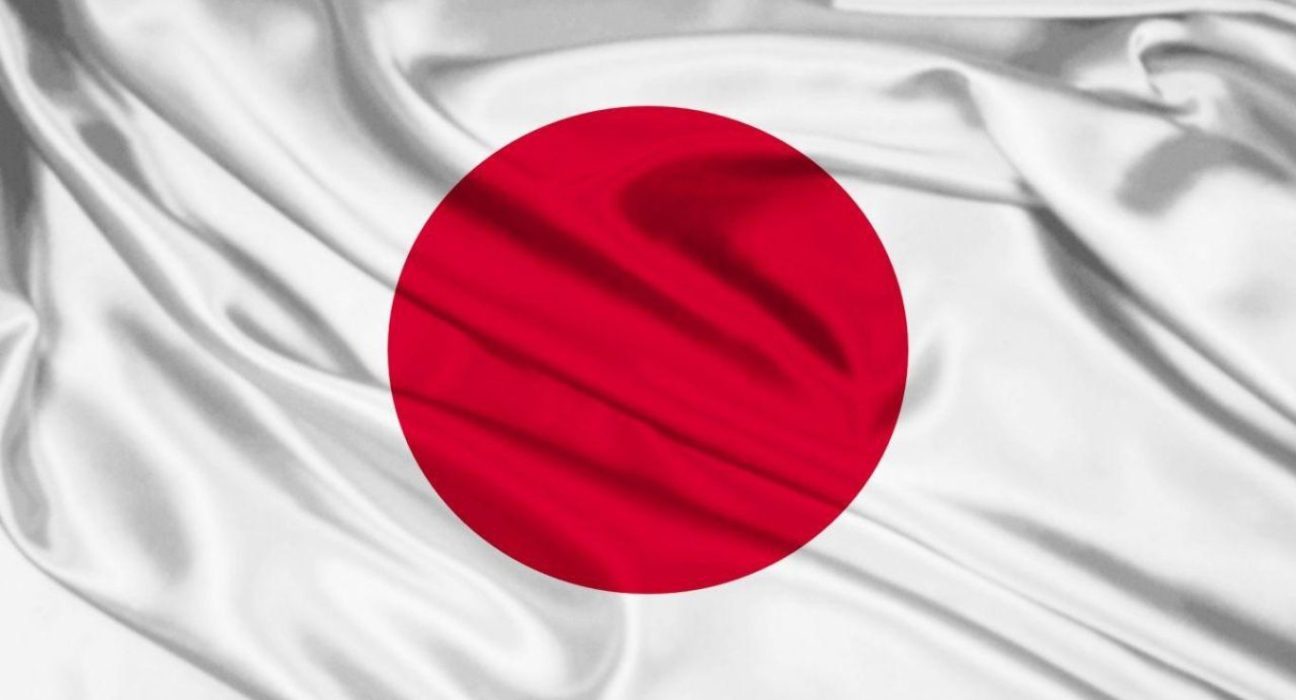Introduction:
In this article, we delve into Japan’s economic landscape, focusing on the country’s prolonged struggle with deflation and the Bank of Japan’s role in addressing this challenge. We also examine the potential risks associated with premature interest rate hikes. Insights from former BOJ board member Ueda will shed light on the decision-making process and the cautious approach necessary in handling Japan’s unique economic situation.
Understanding Japan’s Historical Struggle:
To understand Japan’s current monetary policy, it’s essential to examine the country’s historical struggle with deflation. We explore the reasons behind Japan’s extended period of price stagnation, which prompted the BOJ to implement aggressive measures to revitalize the economy. This section discusses the implications of the BOJ’s decision to raise short-term interest rates to 0.5% in 2007 and the subsequent criticism it faced for potentially prolonging deflation.
Insights from Former BOJ Board Member:
Drawing on his experience as a BOJ board member from 1998 to 2005, Ueda provides invaluable insights into the risks associated with prematurely exiting ultra-loose monetary policy. We delve into Ueda’s cautious stance during the BOJ’s decision in 2000 to raise short-term rates to 0.25% from zero. His viewpoints shed light on the delicate balancing act between stimulating economic growth and maintaining price stability, emphasizing the importance of navigating Japan’s unique economic landscape carefully.
Navigating the Challenges:
Japan’s current economic recovery faces inherent challenges due to the delicate balance between low interest rates and stimulating growth. This section explores the intricacies of the BOJ’s ultra-loose monetary policy and its impact on the Japanese economy. We examine the risks associated with a sudden withdrawal of accommodative measures, including potential setbacks in the fight against deflation and the fragility of the economic recovery.
The BOJ’s Policy Dilemma:
This section provides an in-depth analysis of the BOJ’s decision-making process when it comes to setting interest rates. It explores the factors considered by the BOJ, such as inflationary pressures, employment levels, and overall economic performance. Additionally, we discuss the challenges faced by the central bank in striking the right balance between supporting economic growth and avoiding the reemergence of deflationary pressures.
Charting the Way Forward:
As Japan continues its battle against deflation and the need for accommodative monetary policy, this section explores potential strategies and scenarios for the future. It examines how the BOJ can gradually normalize interest rates without derailing the ongoing recovery or risking a resurgence of deflationary pressures. We also explore alternative policy tools the central bank can employ to support Japan’s economic growth and stability.
Japan’s struggle with deflation has been a long-standing issue, marked by prolonged periods of price stagnation and economic uncertainty. The BOJ has implemented various aggressive measures to combat deflation and revitalize the economy, including ultra-loose monetary policies. However, the delicate balance between low interest rates and stimulating growth presents inherent challenges. A premature withdrawal of accommodative measures could undermine the progress made in the fight against deflation and jeopardize the fragile economic recovery.
Former BOJ board member Ueda’s perspectives highlight the importance of treading cautiously when it comes to adjusting interest rates. Drawing from his experience during the BOJ’s decision-making process, Ueda emphasizes the need for careful consideration and a comprehensive evaluation of the economic landscape. Striking the right balance between stimulating economic growth and maintaining price stability is crucial to avoid potential setbacks and ensure a sustainable monetary future.
As Japan moves forward, it is essential for the BOJ to chart a course that gradually normalizes interest rates while mitigating risks. This process requires an understanding of the potential consequences and an exploration of alternative policy tools to support economic growth and stability. By maintaining a cautious and well-informed approach, the BOJ can navigate the complexities of Japan’s economic journey, striving to achieve a sustainable and balanced monetary future.
In conclusion, Japan’s economy continues to grapple with the persistent challenge of deflation and the complexities of managing low interest rates. The insights shared by former Bank of Japan (BOJ) board member Ueda shed light on the risks associated with premature interest rate hikes and the importance of adopting a cautious and well-calibrated approach. As the BOJ navigates Japan’s unique economic landscape, it is crucial to consider the lessons learned from past experiences and maintain a comprehensive understanding of the country’s historical context.










